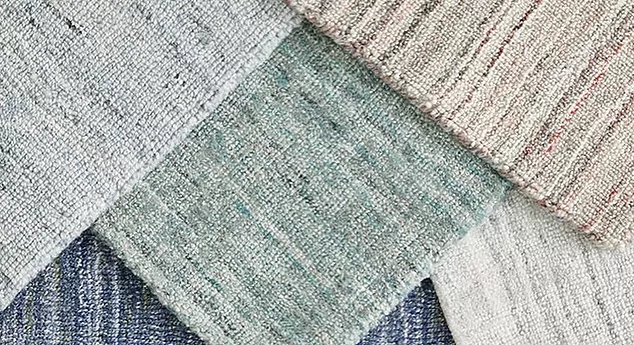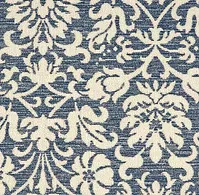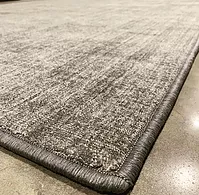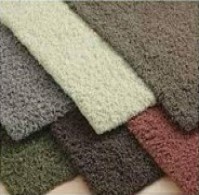
Supplying the U.S. & Canada with high-quality Commercial, Hospitality, and Residential flooring products since 2002.

How a rug is made is only part of the story; if you want to be fully informed when buying a rug, it’s important to know what it is made from as well.
Carpet and area rugs are made from various synthetic and natural fibers. Each has different characteristics, and depending on where and how your carpet will be used, some materials will be more suitable than others. Some fibers have very low resiliency and only should be manufactured in high-density loop pile constructions to limit crushing (pile flattening). Other fibers have the tendency to absorb oily soils and other oil-based compounds (including body oils) and should be carefully considered before installing in areas subject to these contaminants.
It's important to remember that there is no perfect fiber, and carpet is a fabric that is subjected to incredible abuse through foot traffic, accidental spills, environmental contaminants, and other abuses.

The majority of the carpet produced in the United States contains one of six pile fibers: nylon, polypropylene (olefin), acrylic, polyester, wool, or cotton. Synthetic fibers make up more than 96% of the fiber used by the U.S. carpet industry. Each fiber has strengths and weaknesses that must be recognized and should influence how it is to be used and constructed.

Wool is the most traditional material used in making rugs. It’s easy to see why; wool is soft, strong, dyes beautifully, and is naturally stain resistant. Top benefits of wool include:
Of course, quality always comes at a cost, and wool rugs on average will be more expensive than those made with other materials. You should especially keep this in mind when buying a rug for a high-traffic area of your home. While wool is very durable, you may not want to choose wool for an area where it is likely to contact muddy shoes regularly.
Learn More About Wool





